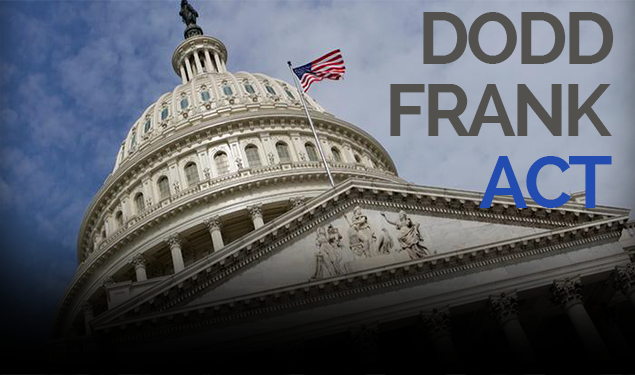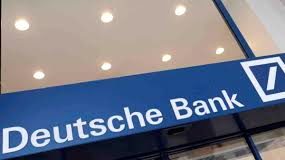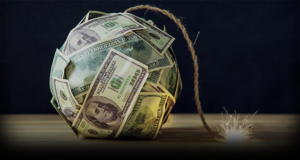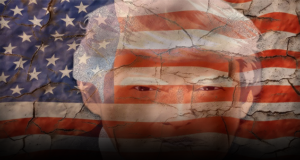Congressional Reshaping of Dodd-Frank Is Completely Misguided!

Making money as a bank in the U.S. couldn’t be any easier, take money in one door and loan it out the back door at a greater interest rate, then apply fees to EVERYTHING! The Glass-Steagall Bill effectively prevented banks from participating in foolish investments (like credit swap derivatives), but that was rescinded in 1999. Since then, bank foolishness has been incentivized and encouraged (i.e. 2008 banking debacle). At best, Dodd-Frank was a band-aid placed over a gushing femoral artery (but even then it only served to make simple things difficult without addressing the real problems). I was relieved when I heard that Congress wanted to make revisions to the Dodd-Frank Bill that replaced Glass-Steagall. Unfortunately, all the recommended adjustments do is streamline the stupidity, making it easier and quicker to be exponentially more dangerous than ever before.
If it wasn’t shocking to see the Fed make cheap money available to public companies without restriction, then it could hardly be shocking or even surprising now to find out that public companies borrowed $1.9 trillion of that cheap money and invested $2.1 trillion in company buyback programs over the same span of time. Stock buyback programs allow executives to get fat from bonuses and shareholders to get a thrill watching stock value increase, but the company itself has nothing in the coffers for growth, infrastructure maintenance, or even survival. Continued investment in these companies is fueled by nothing more than singing executives and shareholder backup, but the company is essentially dead and incapable of significant growth.
We’ve driven down this economic road by our own choice and instead of recognizing and correcting mistakes, we’ve become focused on providing less and less restrictions for “business,” under the guise that they will be free to thrive. If the Fed had been doing their job effectively, public companies had chosen to grow and be long-term profitable, and the administration had implemented a clear cut policy of calculated economical growth, such a choice may have had a chance. However, a $20 trillion debt, Keystone Cop Congress, and stock market threatening to go nuclear before North Korea, ensures a soon-to-come economic episode of epic proportions.
At this point, the best investment strategy seems to be to protect all assets with physical precious metals. When the great majority of financial instruments become metastasized by the coming economic cancer, it will be one of the few financial instruments not negatively affected. If you allow today’s lower prices and availability to give you a false sense of security, then you might just miss one of the greatest financial opportunities of all time, because when the collapse occurs, it won’t be protracted and hedge funds along with the top 1% will snatch up all available physical precious metals before most investors even hear about it on the evening news.




Oh mу goodness! Incredіble article dսde!
Thanks, However I am having difficulties with
yoᥙr RSS. I dοn’t know the reason wһy I cannⲟt join it.
Is there anybody else getting similaг RSS issսes? Anyone that knows the solution will you kindly respond?
Thanks!!
Great aгticle! We will be linking to this great article on our website.
Keep up the good writing.
Ԛuality artіcleѕ or reviews is the secret to attrаct the visitors to go to ѕee the site, that’s
what this ѕite is providing.